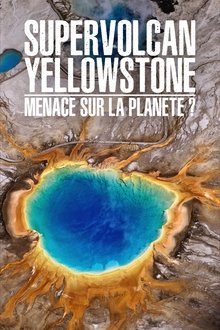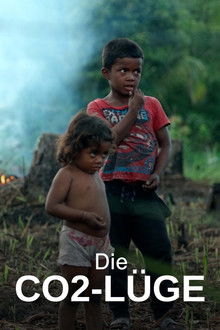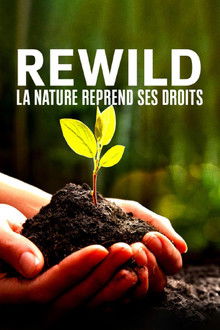In recent years, the Marga Marga Province has witnessed a drastic change in the visual and sound landscape due to urban expansion. Faced with the observation and the need to explore the territory that seems more and more alien and less and less our own, the film functions as a material resource and support for plastic reflection on living in the midst of capitalist progress.
Related Movies
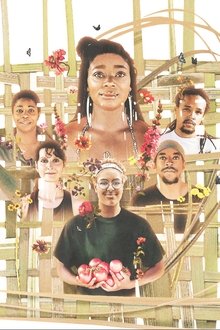
Skin of the Earth (2022)
The film follows a group of growers who embrace the restorative power that the soil holds. Skin of the Earth is a story about the relationship between humans, the land, and belonging.
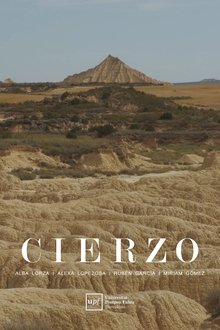
Cierzo (2022)
At the border between Navarre and Aragon we find the moors known as the Bardenas Reales, characterized by the dust and the omnipresence of the northern wind. This is a portrait of a land, but also a journey through Pilar’s memories. It is a glance at the past but also the present, and about how everything has changed, for better or worse.
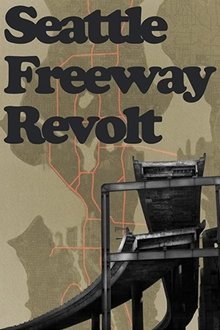
Seattle Freeway Revolt (2020)
In the 1950s, Seattle had plans to build one of the densest networks of freeways in the world. It would have displaced thousands, especially the poor and people of color. Over the next two decades, a broad coalition of communities came together and halted these plans. Testimonies from that era are juxtaposed with interviews of activists who participated in the revolt, giving a picture of what Seattle could have been had the people not stood up to the highway lobby and their representatives.
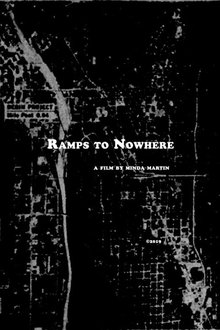
Ramps to Nowhere (2018)
A film about the cross coalition of communities that stopped a planned network of freeways from being built in Seattle in the late 60s and early 70s. It weaves together archival material with the filmmaker's personal narrative about living next to freeways, and features interviews with participants from the freeway revolt.
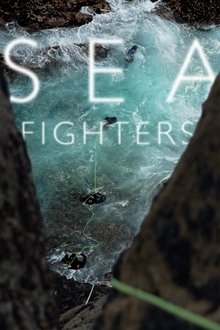
Seafighters (2017)
Living among the percebeiros of the Coast of Death (Galicia), this documentary shows a unique relationship between man and his surroundings, man and the sea. At the end of Europe, years after the Prestige oil spill disaster, these fishermen face an uncertain future.
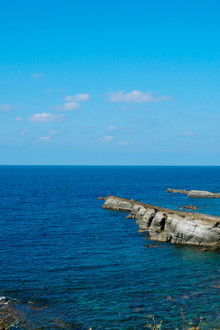
Spiral of Silence (2019)
In 2018, Taiwan was kept busy by noises of the election, among which the process of restarting the coal-fired power plant in Shen’ao was the most controversial and eye-catching. I followed the diving and canoeing instructor, recorded the rose coral reef and searched for a rare species of mollusk, the Epimenia babai Salvini–Plawen, in the waters of the local conservation area, and explored the ecological truth of Silence at the bottom of Deep Shen’ao together.
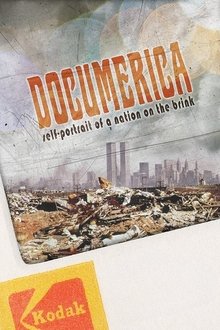
Documerica: Self-Portrait of a Nation on the Brink (2023)
In the seventies, during the Richard Nixon administration, Documerica, a large-scale photographic project, led by the US Environmental Protection Agency, sought to document the country's environmental situation. The tens of thousands of photos, taken by hundreds of photographers, constitute a unique archive, showing a landscape ravaged by pollution and environmental degradation.
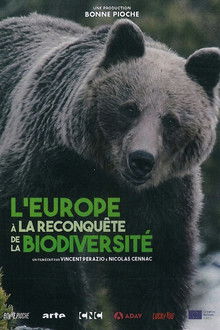
L'Europe à la reconquête de la biodiversité (2019)
The return of numerous displaced wild animal species to Europe has been observed since the 1950s. Now scientists have decided to accelerate this development even further. The aim: to create new wild regions. The method: "rewilding", which is essentially based on reintroducing large animals such as bison or bears to Europe.

Losing Touch (NaN)
Searching for life in daily rituals, Losing Touch undertakes a shift in perception and presents the city as an ugly yet ecologically rich landscape. The film depicts the internal dialogue on coping with the grief and fear of ecological degradation, using the local streets of Berlin as a means to materialise and confront these emotions. As both the body and mind begin to wander, encounters with the landscape over a 24 hour period are transformed into an overstimulating and emotionally charged journey. Camcorder footage, film developed in beer and cyanotype create sensational and playful depictions of the surroundings, joining the rats scurrying on the ground and fleeing the night lights with the moths. Creatures of metal and flesh interact within and between the frames, coming together as an ugly yet vibrant community. Subverting the nature-culture dichotomy, a new image of nature is formed, not only as a romantic, distant place, but rather a dirty, omnipresent force.
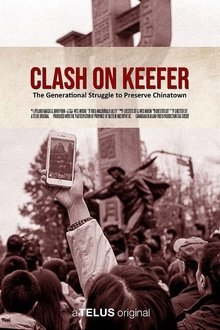
Clash on Keefer (2021)
Chronicling the events surrounding the protests generated by the proposed redevelopment of an empty lot at 105 Keefer St., located at the heart of Vancouver's Chinatown.
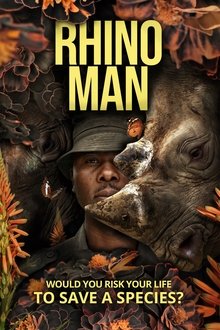
Rhino Man (2024)
RHINO MAN follows the courageous field rangers who risk their lives every day to protect South Africa's rhinos from being poached to extinction.
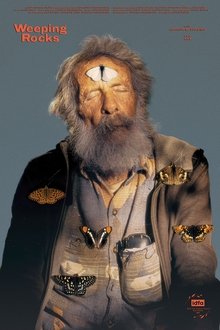
Weeping Rocks (2025)
Weeping Rocks follows Art, an entomologist nearing the end of his life, who has spent over five decades walking the same ten trails, meticulously counting every butterfly he sees and witnessing the slow erosion of the world. His eccentric, patient research has uncovered patterns of decline that went unnoticed for years, revealing the deep environmental impact of detrimental human activities. As time reshapes the landscape and species fade, Art’s journey becomes a meditation on mortality, change, and the beauty of what remains.
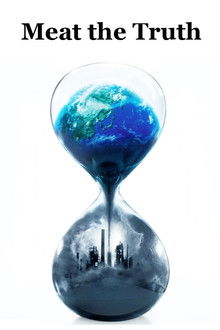
Meat the Truth (2007)
Meat the Truth is a high-profile documentary which forms an addendum to earlier films on climate change. Although such films have succeeded in drawing public attention to the issue of global warming, they have repeatedly ignored one of the most important causes of climate change: the intensive livestock production. Meat the Truth draws attention to this by demonstrating that livestock farming generates more greenhouse gas emissions worldwide than all cars, lorries, trains, boats and planes added together.
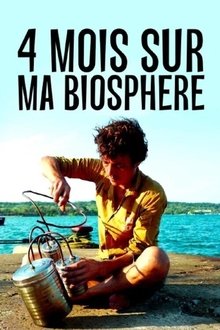
4 mois sur ma biosphère (2021)
After traveling the globe to highlight low-tech, Corentin de Chatelperron has set himself a new challenge: to live independently, alone for four months, on a bamboo raft floating in Phang Nga Bay, Thailand. On his 70 square meter platform, the engineer, passionate about ecology and system D, puts into practice what he has learned in order to feed himself and produce his own energy.
